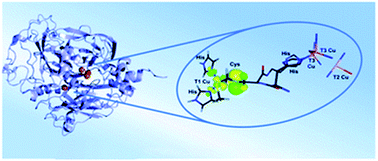Concluding remarks: discussion on natural and artificial enzymes including synthetic models
Abstract
This paper overviews the final remarks lecture delivered (by K. D. K.) at the end of this bioinorganic chemistry Faraday Discussion, held online for a worldwide audience from January 31 – February 3, 2022. This paper provides discussion in six sections: (1) the Introductory lecture, from Ed Solomon, emphasized past and present uses of advanced spectroscopic methods and theoretical approaches to elucidate metalloenzyme active site structure, physical properties and function. (2) The discussion topics are divided into groups having similar research themes, as seen from this author’s perspective. Emphasis is given to the non-heme iron group of articles with dioxygen activation research. (3) Small molecule activation (e.g., N2, CO2 and O2 reduction; CH4 or H2O oxidation) is widely covered in this discussion; this authors’ view of the important reactions in bioinorganic chemistry is discussed. (4) We discuss current practice and vision for employing materials chemistry to widely apply to electrocatalytic methods to effect small molecule activation (as above) to fulfill societal energy demands. (5) A discussion is given on the topic of synthetic models and the approach utilized therein. (6) New research on the authors’ synthetic modeling is presented; preliminary results are given in the area of copper mediated peroxide activation.

- This article is part of the themed collection: Natural and artificial metalloenzymes


 Please wait while we load your content...
Please wait while we load your content...